Pago Principles: Communities need to buy buildings in order to restore their downtowns
Pago USA works alongside communities to restore their downtown. We provide guidance for how communities can invest in themselves and work on their behalf to acquire state and federal resources to complete revitalizations.
We often get questions from residents and leaders that go like this: Why do we have to buy all these buildings? What if we just focused on a much smaller project with a few essential buildings?
Here’s what we believe: Communities can’t fix buildings they don’t own. And we also know that purchasing additional property after a project has been completed can vastly increase the costs.
Pago Principle: You can’t fix what you don’t own
The success of a downtown revitalization project rests on purchasing as many strategic buildings as possible.
It’s not possible to direct downtown property owners to update their buildings and make renovations. Unfortunately, most property owners in smaller communities just can’t invest enough to turn their older buildings into top-notch locations to attract new businesses.
In commercial real estate, there are Class A, Class B and Class C buildings. Class C buildings are the oldest and least desirable and Class A are the most beautiful and pleasing properties. Class B structures, you might have guessed, are somewhere in the middle.
Property owners in stagnated Main Streets lined with Class C buildings often can’t find the money to convert their property to Class A space, which can attract new businesses and residents to a community. Building owners may not even be able to get a loan from the bank to restore their Class C property to an A because it would still be surrounded by Class C buildings.
Pago Principle: It takes a critical mass of buildings to improve a downtown
Pago serves as a strategic partner along with other organizations to secure revitalization grants, historic tax credits and other investments to rapidly improve a community’s downtown and break the cycle of disinvestment.
The across-the-board approach is intended to kickstart a community’s economic engine by changing core buildings into top-notch residential, retail and recreation spaces that attract people and investment for years to come.
As a downtown trust buys more buildings, it increases the impact a project will have on the community’s revitalization. To radically renew a downtown, the trust has to own it — or at least a significant portion of it. Unowned properties are a wildcard: Maybe owners will repair and beautify them, or maybe not.
Purchasing as many strategic buildings as possible may sound alarming initially, but it’s actually the best possible thing a community can do – through its downtown trust – to restore its long-term economic outlook.
Pago Principles: Giving up control over properties is a liability
Community leaders might hesitate to aggressively acquire run-down properties from willing sellers in order to mitigate possible risks — maybe they want to test the concept of downtown redevelopment before fully committing.
Others may think that if they fix a few strategic buildings, there will be a positive ripple effect that continues through the community, inducing other property owners to fix their buildings. But what if the property owners don’t want to make changes?
Punting on purchasing properties means community leaders give up control of the finished project and increase the price of properties. Their value will increase — which is the goal. But if leaders want to improve them later, they’ll have to pay much more
If a downtown trust buys 50 buildings, for example, they can determine which ones to work on first, what their deadlines are and how the finished project will look. By owning the buildings, community leaders are able to get the project underway without opposition.
The real risk from a community development perspective comes when leaders are hesitant to purchase properties — leaving their improvement to chance. The community can flourish when it reaches a tipping point where the vast majority of dilapidated, historic buildings in the economic center are restored to their former glory.

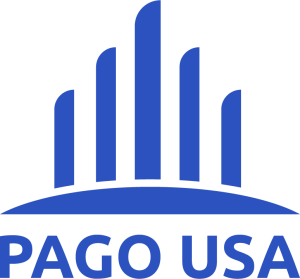
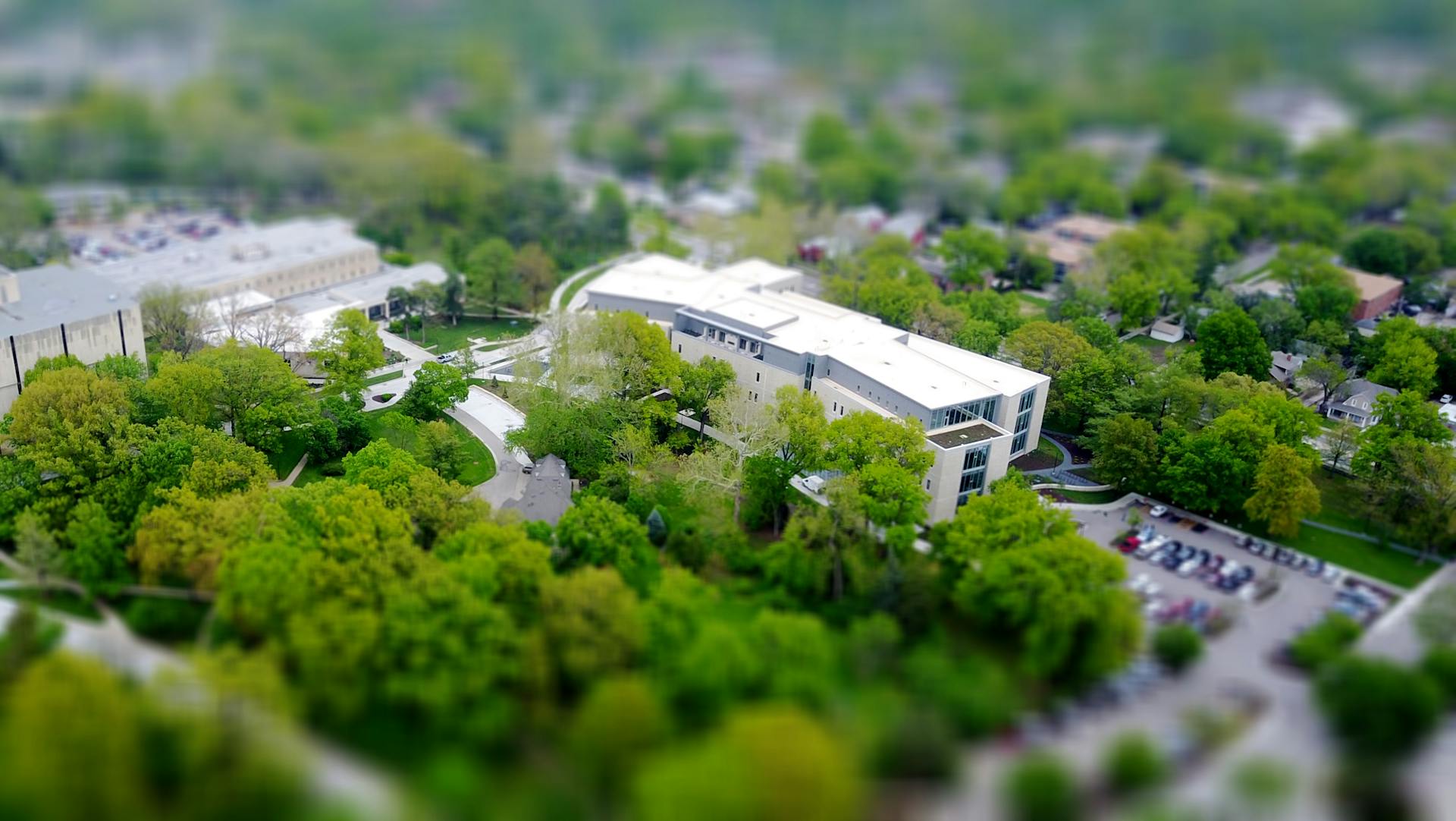
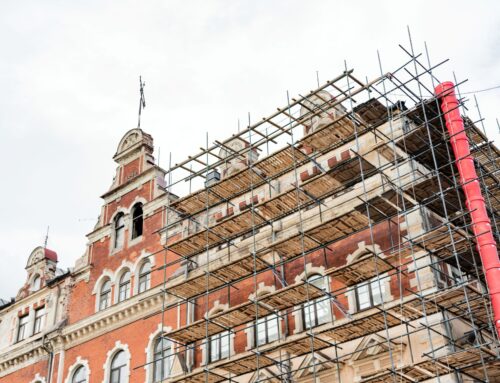
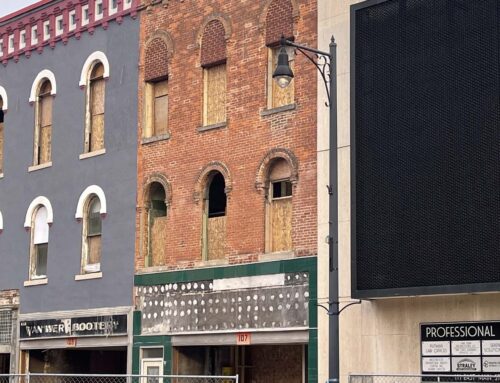
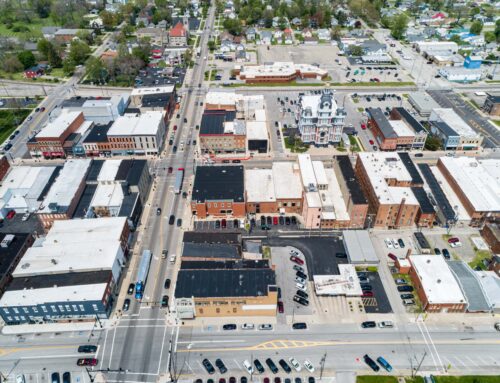
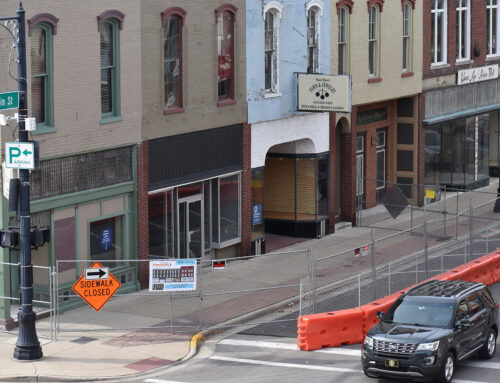

Leave A Comment
You must be logged in to post a comment.